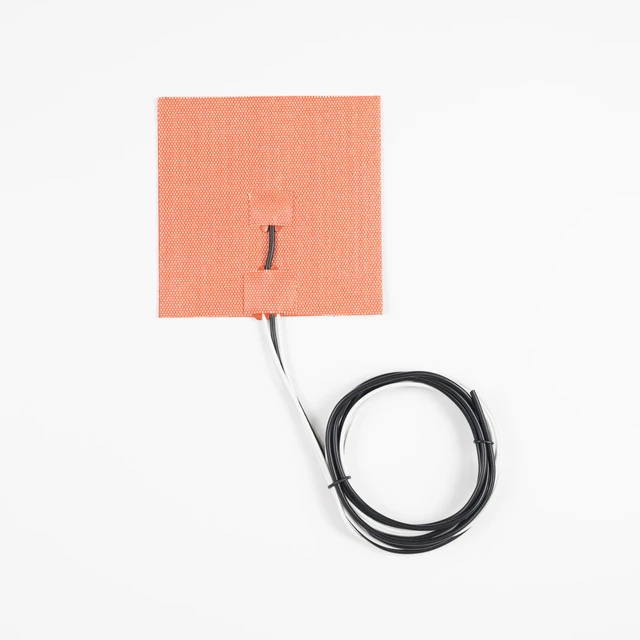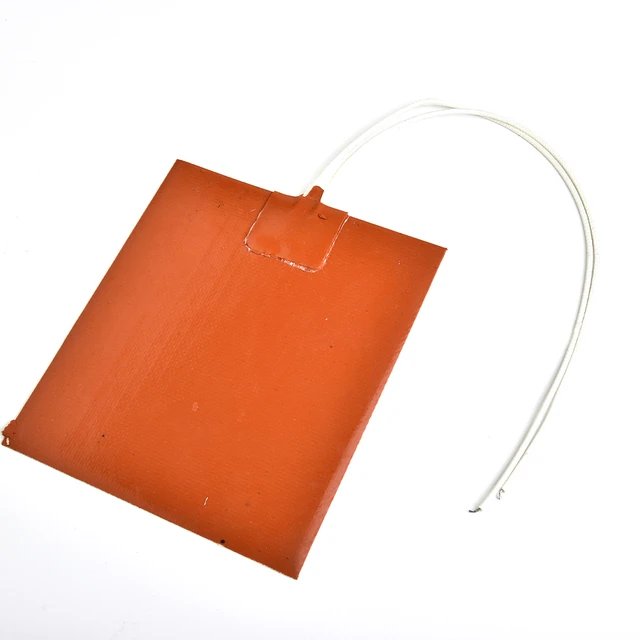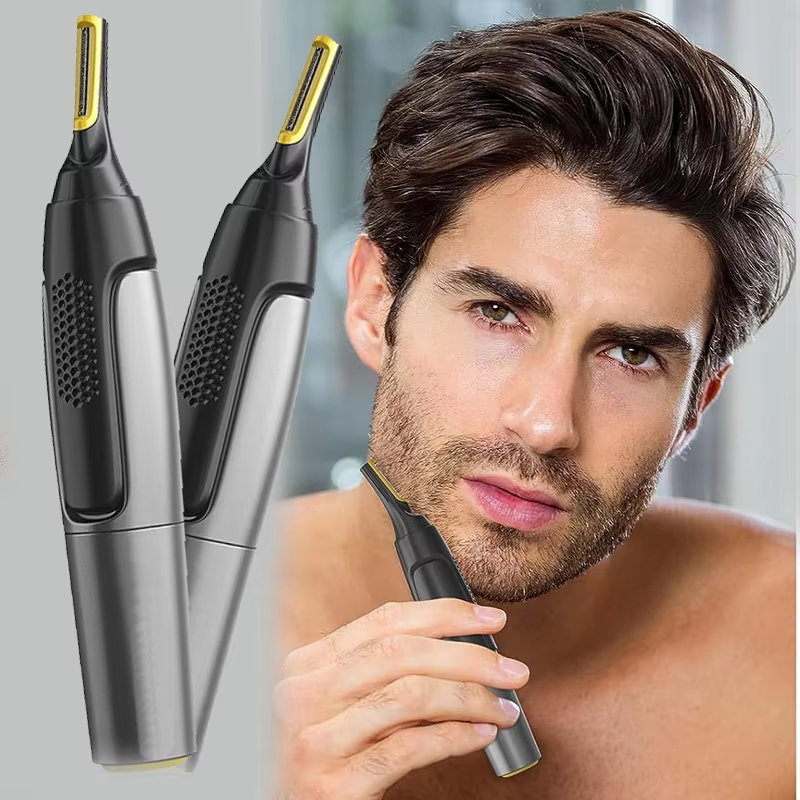
Can you put a heating pad on a battery?
Introduction
Heating pads are commonly used for therapeutic purposes, providing warmth and comfort to various parts of the body. However, when it comes to using a heating pad on a battery, caution is necessary. Batteries can be sensitive to temperature changes and improper heating can lead to damage, reduced performance, leakage, or even safety hazards. In this guide, we will explore the considerations and recommendations for using a heating pad on a battery, providing specific insights into safety precautions and potential risks.

Can you put a heating pad on a battery?
Understanding Battery Sensitivity
1.1. Overview
Batteries, especially rechargeable ones, are sensitive to temperature changes. Extreme heat or overexposure to heat sources can impact their performance and overall lifespan.
1.2. Battery Types
Different battery chemistries and types have varying temperature tolerances. Lithium-ion (Li-ion) batteries, commonly found in modern consumer electronics, are particularly susceptible to heat and can be more prone to thermal runaway if exposed to excessive temperatures.
Potential Risks and Hazards
2.1. Overheating
Improper application of heat, such as using a heating pad directly on a battery, can cause excessive heating and result in damage to the battery.
2.2. Reduced Performance
Exposing a battery to high temperatures can affect its capacity, discharge rate, and overall performance. This can lead to reduced battery life and diminished functionality.
2.3. Leakage and Damage
Excessive heat can lead to battery leakage, which can be corrosive and damage surrounding components. Leakage can also pose a risk to personal safety.
2.4. Fire or Explosion Hazards
If a battery is subjected to extreme temperatures or improper heating, it may undergo thermal runaway, leading to a fire or explosion hazard.
Safety Precautions and Recommendations
3.1. Avoid Direct Heat Application
To minimize the risks associated with heating pads and batteries, it is generally recommended to avoid direct heat application on the battery itself. This helps prevent overheating and potential damage to the battery.
3.2. Indirect Heat Application
If heat is required in the vicinity of the battery, consider indirect heat application methods. For example, positioning a heating pad near the battery or within the same environment can provide warmth without direct contact.
3.3. Temperature Monitoring
If using a heating pad in close proximity to a battery, monitor the temperature regularly to ensure it remains within safe limits. Avoid exposing the battery to excessive or prolonged heat.
3.4. Suitable Heating Methods
When warmth is needed for a specific application involving a battery, explore alternative methods that do not involve direct heat. For example, utilizing insulating materials or an enclosed warming chamber can help achieve the desired temperature without risking damage to the battery.
3.5. Manufacturer Guidelines
Follow the manufacturer’s guidelines and recommendations regarding temperature ranges and usage conditions for the specific type of battery. This information can usually be found in the user manual or on the manufacturer’s website.
3.6. Proper Battery Handling
Regardless of whether a heating pad is used, it is essential to handle batteries with care. Avoid exposing batteries to extreme temperatures, store them in appropriate conditions, and follow recommended charging and usage practices to maximize safety and performance.
Seeking Professional Advice
4.1. Battery-Specific Considerations
For specialized applications or situations where heating pads may be required in close proximity to batteries, it is advisable to consult with professionals or experts in the field. They can provide tailored guidance based on the specific battery chemistry, usage scenario, and safety requirements.
4.2. Safety Standards and Regulations
If using batteries in commercial or industrial settings, ensure compliance with relevant safety standards and regulations. This may involve consulting with regulatory bodies, seeking certification from accredited laboratories, or following industry-specific guidelines.
Conclusion
Using a heating pad on a battery requires careful consideration of the potential risks and proper safety precautions. Batteries, especially rechargeable ones like lithium-ion batteries, can be sensitive to heat and improper heating can lead to damage, reduced performance, leakage, or safety hazards. It is generally recommended to avoid direct heat application on the battery and instead opt for indirect methods or alternative heating techniques. Regularly monitoring temperature, following manufacturer guidelines, and handling batteries with care are essential practices for maintaining safety and maximizing performance. In specialized applications, seeking professional advice and ensuring compliance with safety standards and regulations is crucial. By incorporating these considerations and recommendations, you can mitigate risks and ensure the safe and proper use of batteries with or without the use of heating pads.












Leave a Reply
You must be logged in to post a comment.